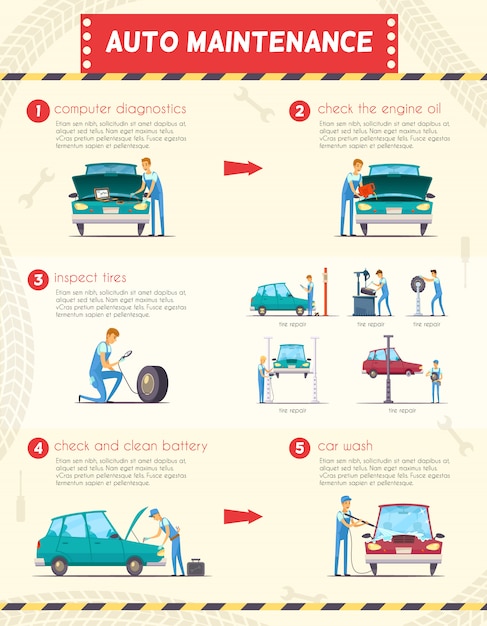Looking For Clearness On The Caution Lights Displayed On Your Cars And Truck'S Control Panel? Figure Out How They Associate With Your Automobile'S Health And Safety
Looking For Clearness On The Caution Lights Displayed On Your Cars And Truck'S Control Panel? Figure Out How They Associate With Your Automobile'S Health And Safety
Blog Article
Write-Up By-Faulkner Torres
When you're behind the wheel, those radiant warning lights on your dashboard can be a bit bewildering. Do you know what they're attempting to tell you about your cars and truck's wellness? Recognizing the relevance of these lights is vital for your safety and the durability of your automobile. So, the next time among those lights turns up, would not you wish to decipher its message properly and take the necessary actions to resolve it?
Common Warning Lighting and Interpretations
Determine typical caution lights in your automobile and comprehend their definitions to make certain safe driving.
One of the most regular caution lights include the check engine light, which signals issues with the engine or discharges system. If this light begins, it's essential to have your automobile inspected immediately.
The oil stress alerting light suggests reduced oil pressure, calling for prompt focus to stop engine damages.
A blinking battery light could suggest a faulty charging system, potentially leaving you stranded if not attended to.
The tire stress tracking system (TPMS) light notifies you to low tire pressure, influencing lorry security and fuel performance. Neglecting https://brakeservice50516.howeweb.com/30858843/looking-for-quality-on-the-caution-lights-presented-on-your-vehicle-s-control-panel-figure-out-exactly-how-they-associate-with-your-lorry-s-health-and-wellness could lead to unsafe driving problems.
The abdominal light shows a problem with the anti-lock braking system, endangering your capacity to quit swiftly in emergencies.
Finally, the coolant temperature warning light warns of engine getting too hot, which can result in severe damage otherwise settled quickly.
Comprehending these usual caution lights will help you address issues without delay and keep secure driving problems.
Value of Prompt Interest
Understanding the typical warning lights in your auto is only the very first step; the significance of without delay attending to these warnings can't be highlighted enough to ensure your safety and security when driving.
When a warning light brightens on your dashboard, it's your car's means of connecting a prospective problem that needs interest. Ignoring these warnings can lead to a lot more extreme troubles down the road, jeopardizing your safety and potentially costing you a lot more in repairs.
Trigger attention to warning lights can stop breakdowns and accidents. For example, a flashing check engine light could suggest a misfire that, if left unattended, could cause damages to the catalytic converter. Addressing this without delay can save you from an expensive repair.
Similarly, a brake system alerting light might signify reduced brake liquid or used brake pads, essential components for your security when driving.
DIY Troubleshooting Tips
If you observe a warning light on your control panel, there are a couple of do it yourself fixing suggestions you can try prior to looking for specialist assistance.
The first step is to consult your cars and truck's guidebook to recognize what the details caution light shows. Often onyxcardetailingproductnz can be as basic as a loose gas cap causing the check engine light. Tightening up the gas cap might fix the issue.
An additional usual problem is a low battery, which can set off numerous alerting lights. Checking the battery connections for deterioration and ensuring they're secure may fix the trouble.
If a warning light continues, you can try resetting it by detaching the cars and truck's battery for a couple of mins and afterwards reconnecting it. Furthermore, examining your lorry's fluid levels, such as oil, coolant, and brake liquid, can help fix cautioning lights connected to these systems.
Verdict
In conclusion, understanding your car's caution lights is vital for maintaining your vehicle running smoothly and safely. By quickly resolving these informs and recognizing what they imply, you can avoid pricey repair work and possible break downs.
Bear in mind to consult your vehicle's handbook for particular information on each alerting light and take action accordingly to ensure a trouble-free driving experience.
Remain informed, stay risk-free when traveling!
